By Michael Haskew
The pocket battleship Admiral Graf Spee was conceived as a commerce raider. Along with the other panzerschiffe, literally “armored ships,” of the Kriegsmarine, Graf Spee was heavily armed with 11-inch main guns. These were sufficient to take on any merchant ship at a safe distance and to outduel cruisers, destroyers, and smaller escort vessels. However, should Graf Spee come upon a more powerful enemy, she was sleek and fast enough with a top speed of 28.5 knots to outrun an adversary if overmatched.
Commissioned in 1936, Graf Spee proved adept at her purpose after the outbreak of World War II, sinking more than 50,000 tons of British merchant shipping between September and December 1939. In mid-December, the pocket battleship was off the coast of Montevideo, the capital of Uruguay, at the mouth of the River Plate, when the heavy cruiser HMS Exeter and the light cruisers HMS Ajax and HMNZS Achilles came into sight. On December 13, the Battle of the River Plate was fought, both sides sustaining heavy damage.
Graf Spee was struck multiple times by six- and eight-inch shells that killed 36 crewmen and wounded at least another 60. The British were battered as well. Captain Hans Langsdorff ordered Graf Spee into the harbor at Montevideo to assess the damage and possibly make repairs. However, the British remained on station and Langsdorff was convinced that more Royal Navy warships were on the way. Rather than renew the fight, he ordered Graf Spee scuttled in the estuary of the River Plate after seeing to the safety of the crew. He then retired to a hotel room in Buenos Aires, Argentina, and committed suicide with a pistol. Some accounts say that he was lying atop the battle ensign of Graf Spee, others that the flag was that of the old Imperial German Navy.
The wreck of Graf Spee has remained an object of curiosity for decades, and salvage operations were begun in 2004. The first major artifact recovered was a 27-ton gunnery range finding telemeter, which is now on display in a Montevideo park. In February 2006, the bronze 880-pound eagle and swastika crest was recovered from the stern of the ship. Its disposition became a source of controversy, particularly due to the repugnant nature of displaying Nazi artifacts emblazoned with the swastika. Court cases involving ownership ended in 2022, and the Uruguayan government took full possession of the crest.
Earlier this year, Uruguayan President Luis Lacalle Pou announced a plan to melt the crest down and have it recast in the form of a dove to promote “peace and unity,” according to The Telegraph. However, the idea was quickly dropped amid an outcry from preservationists. Within two days of the announcement, 18,000 people had signed a petition that the crest should remain in its original form and be responsibly put on display in a museum.
One of the advocates for preservation is Guido Manini, a senator and former army general, who commented, “Cultural heritage must be cared for and cannot be left at the mercy of a leader’s whim.” Apparently, President Pou had been startled by the immediate and unexpected response to his meltdown initiative. During the rapid retreat, he confessed to The Telegraph, “If you want peace, the first thing one has to do is to create unity, and this clearly has not done so.”
Therefore, in December 2023, a full 84 years after Graf Spee’s brief commerce raiding career came to an ignominious end in the estuary of the River Plate, the pocket battleship remains a source of controversy and debate.
The line separating historical preservation and the destruction of the remaining vestiges of pure evil will, for now and perhaps forever, remain blurred as individual sensibilities are aired while consensus remains elusive.
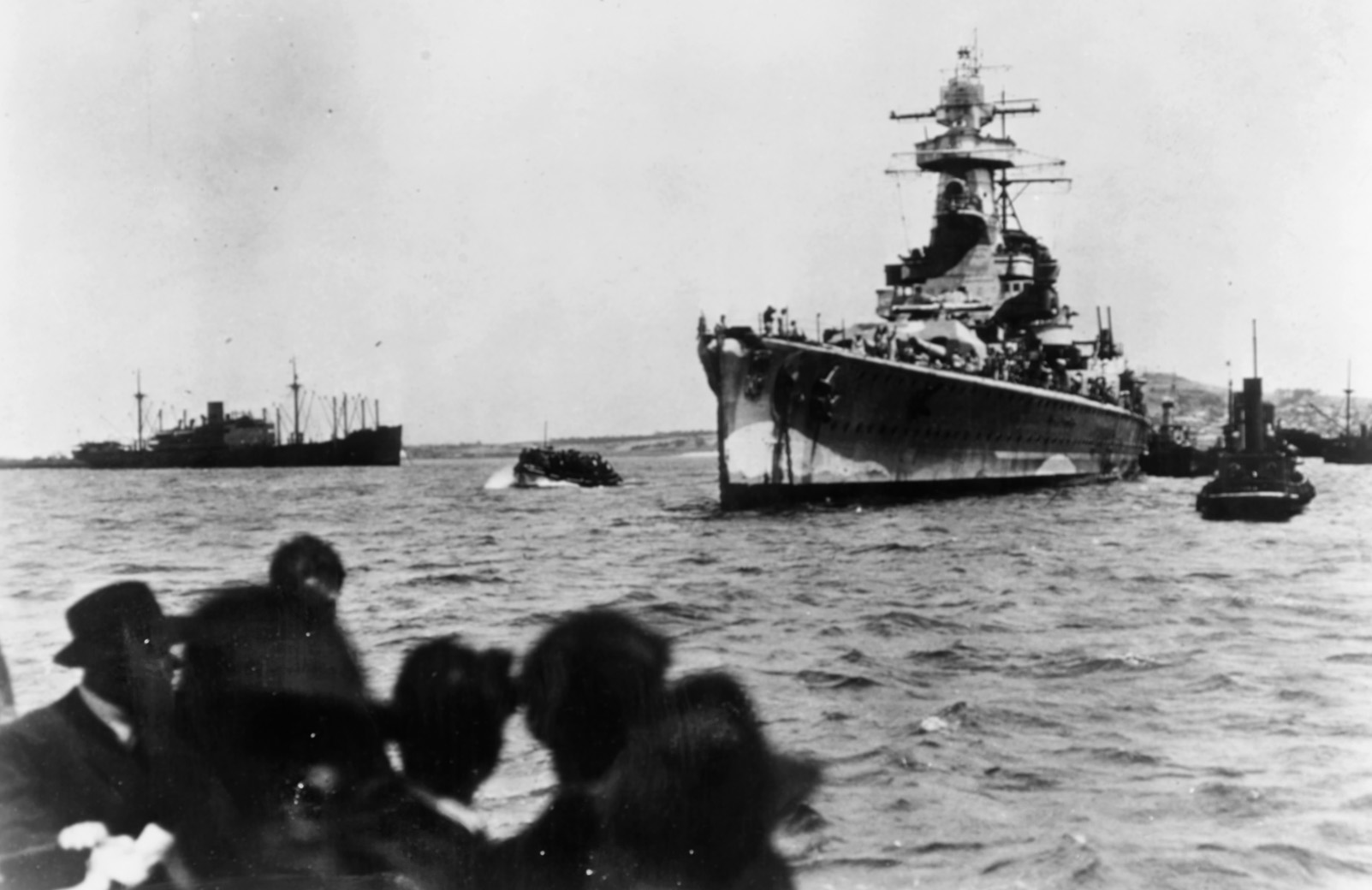
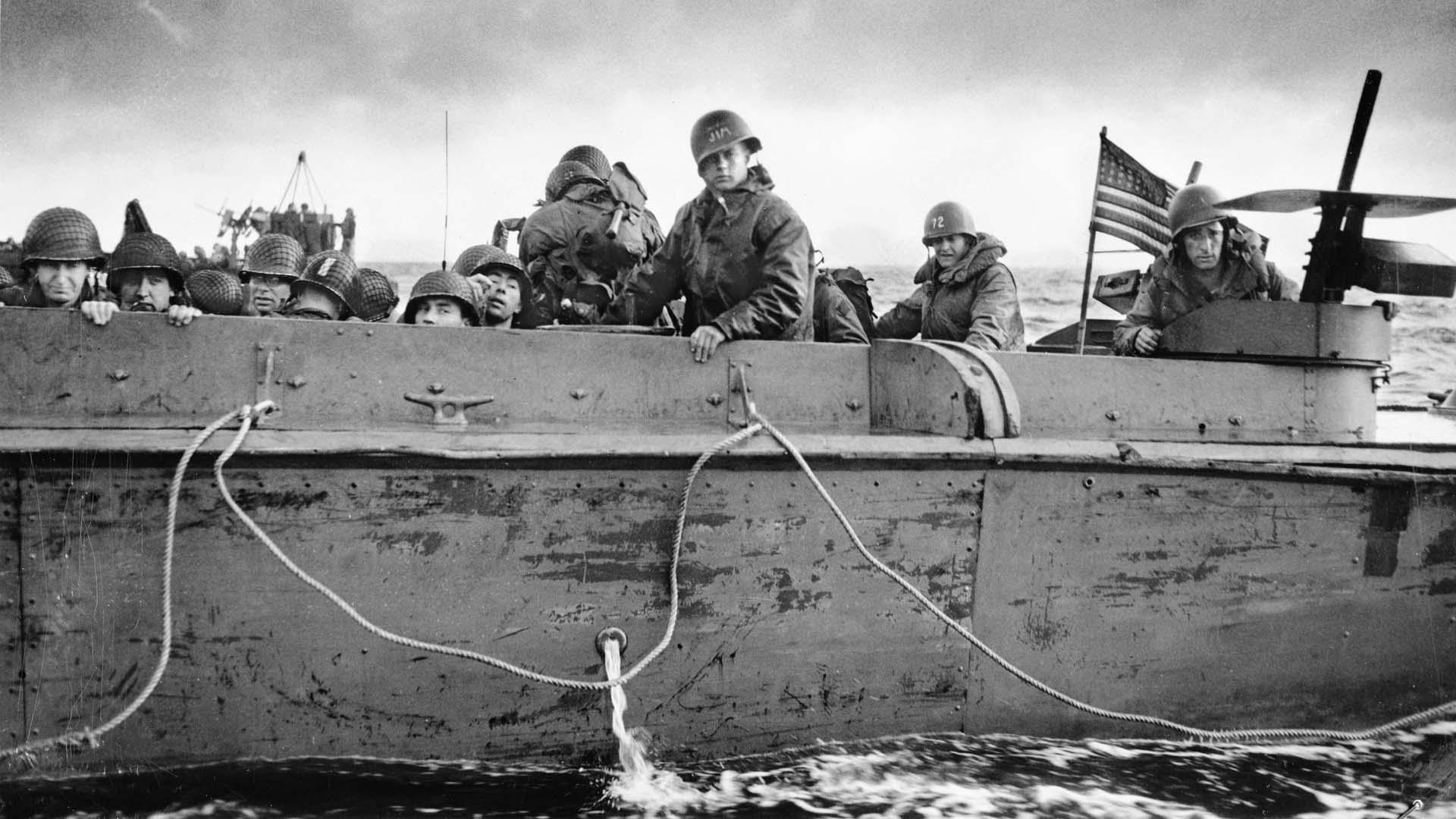
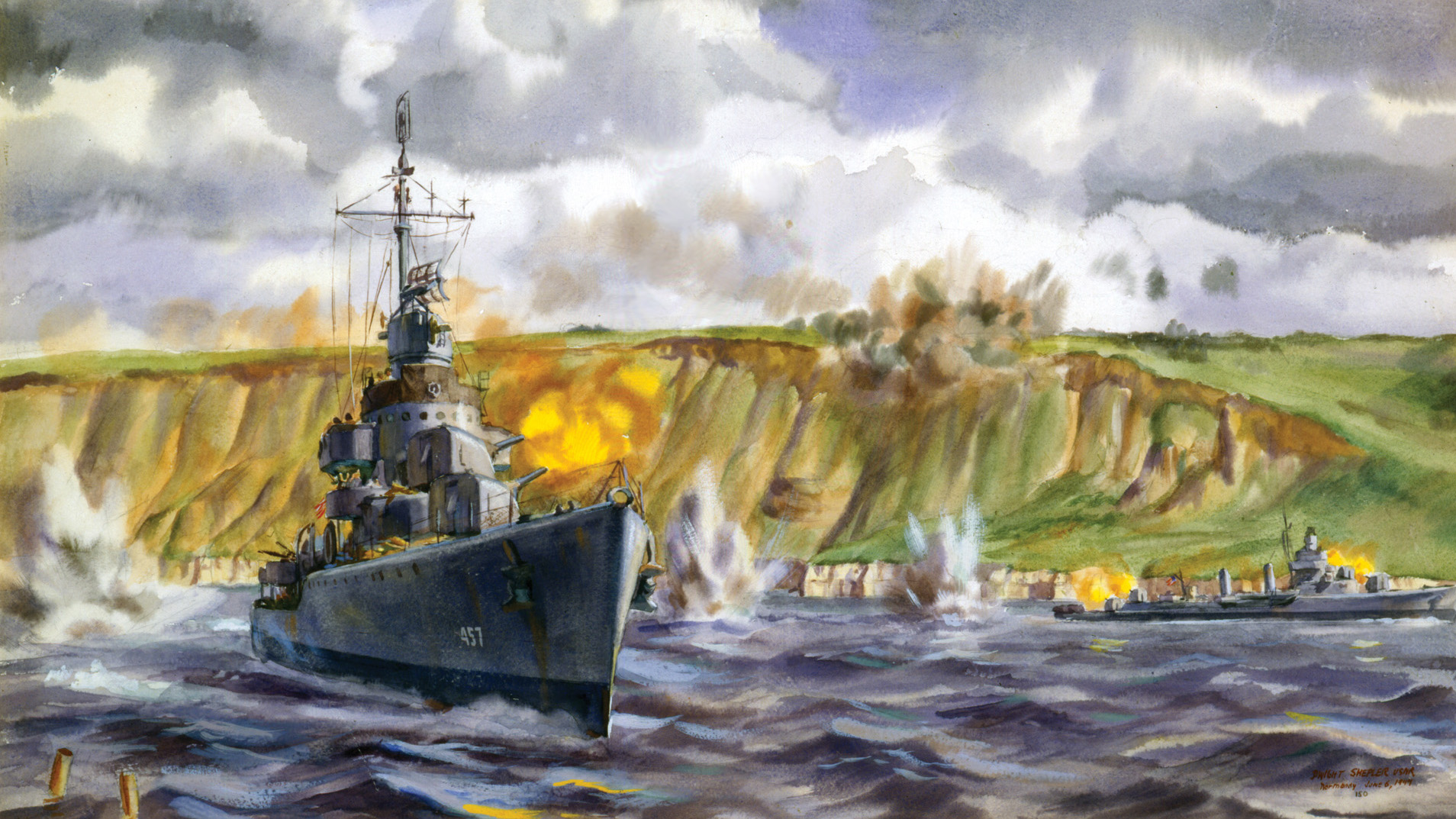
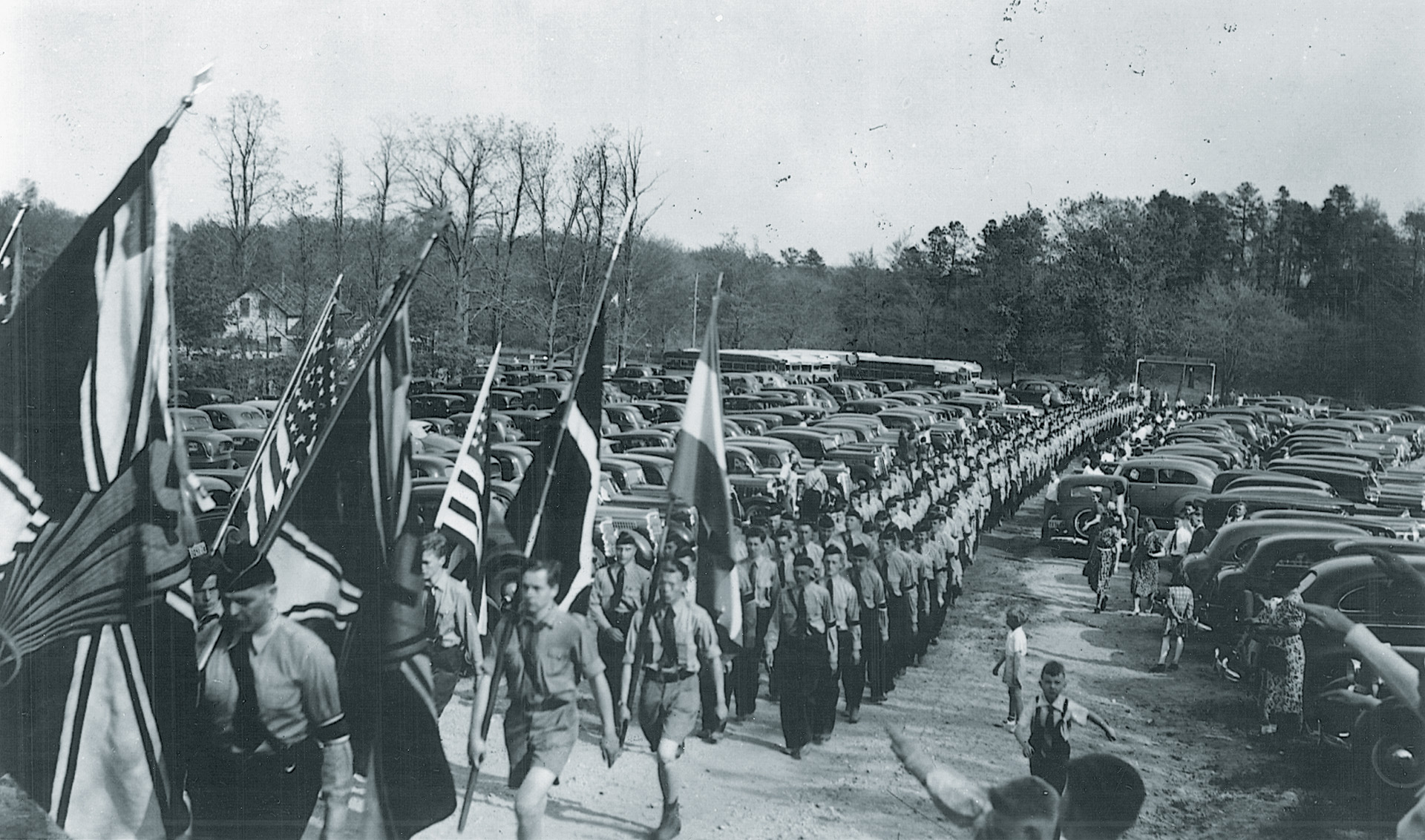
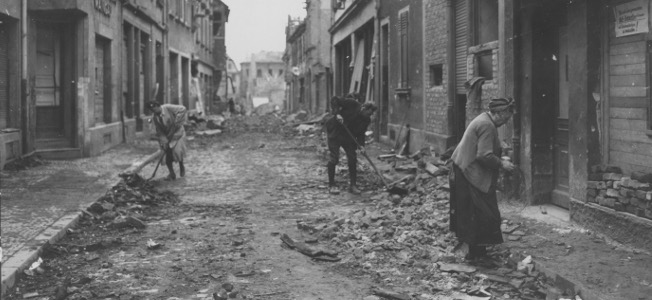
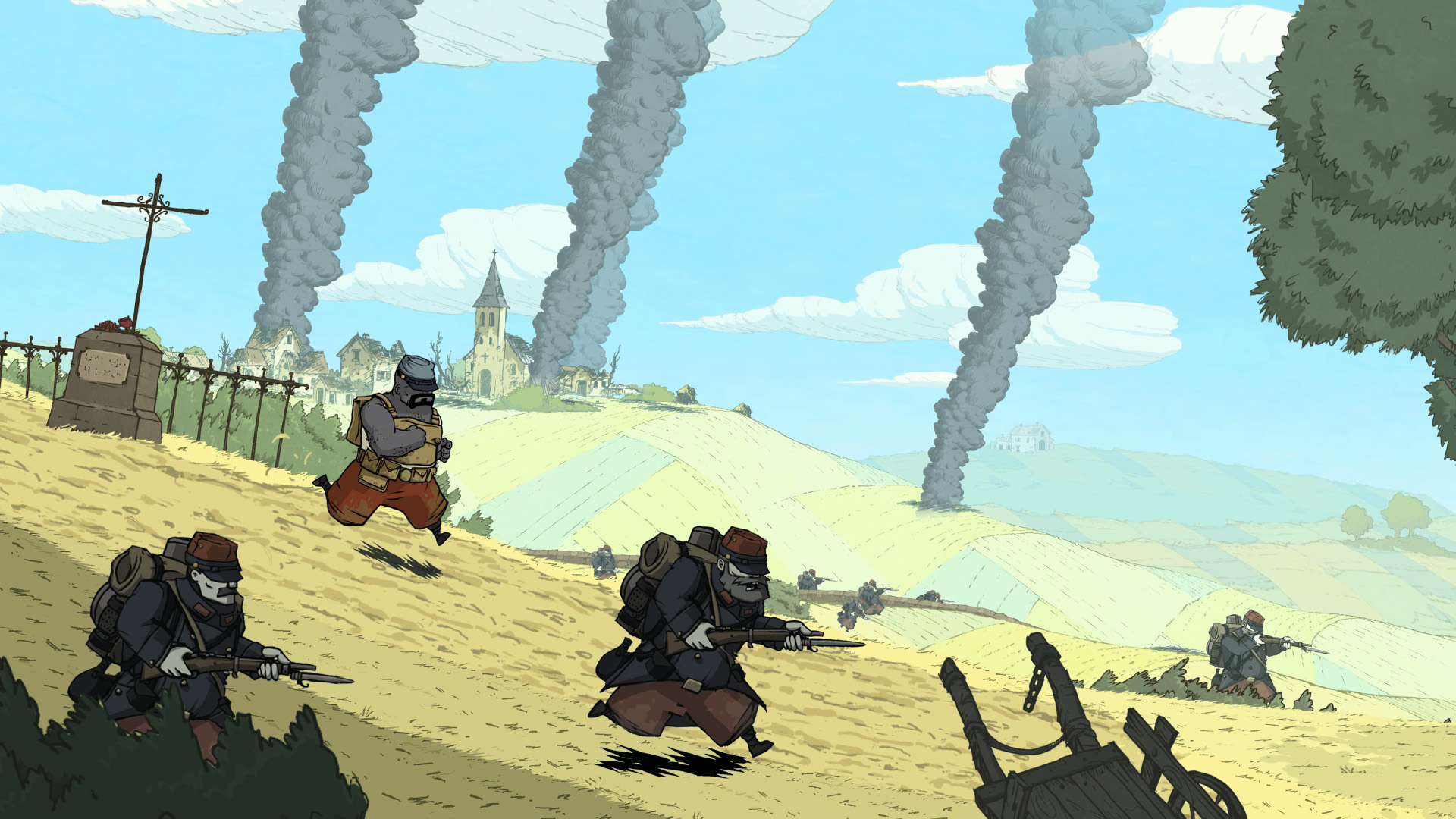
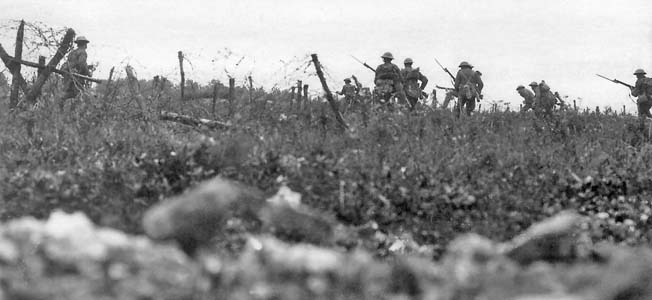
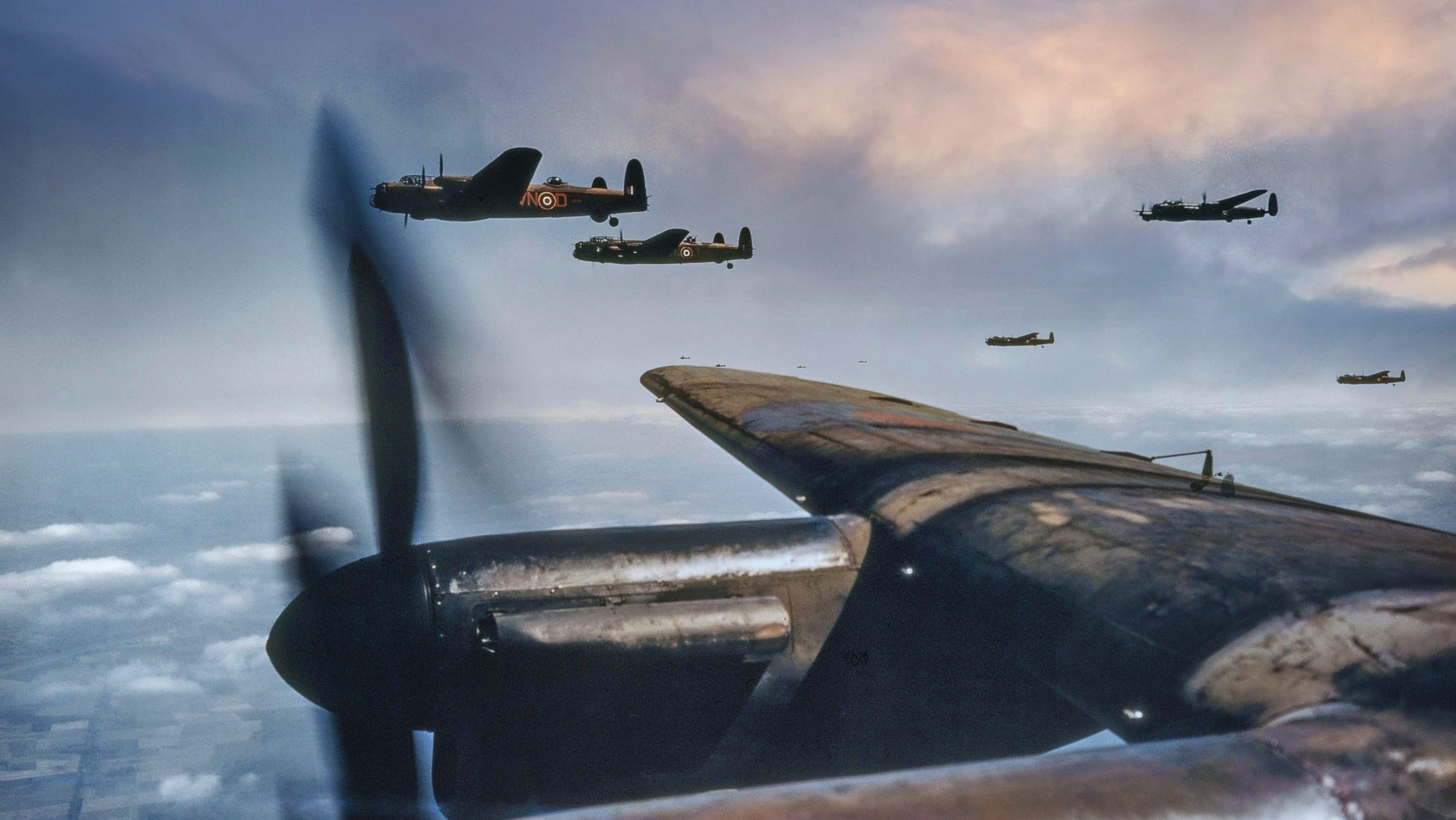
Join The Conversation
Comments
View All Comments